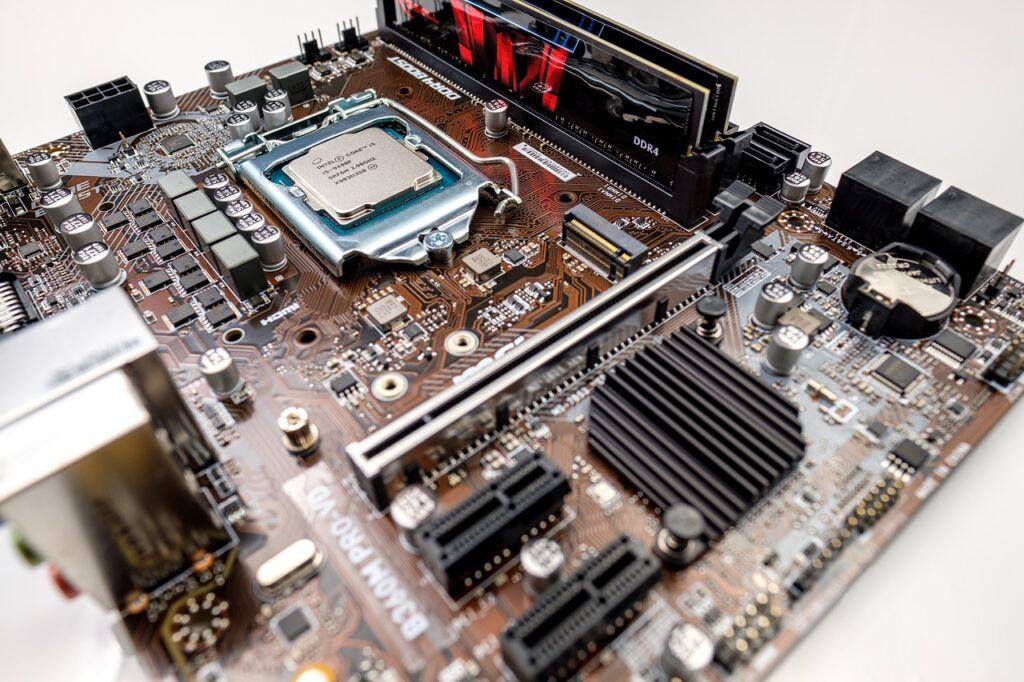When people think about computer viruses, they often imagine malicious software infecting files or slowing down systems. But a common question lingers: Can hardware get viruses? To answer this, we need to understand the relationship between hardware, software, and malicious programs. This article fills the gaps in existing explanations, offering a comprehensive take on the topic.

What Are Computer Viruses?
Definition:
A computer virus is a piece of malicious software (malware) designed to disrupt, corrupt, or take control of software systems by spreading from one file or device to another.
Characteristics:
- Self-replicating: Viruses duplicate themselves to spread.
- Target: Primarily affect software like operating systems, applications, and files.
- Effects: Data theft, corruption, system crashes, or slowdowns.
But What About Hardware?
While viruses traditionally target software, there are scenarios where they can manipulate hardware indirectly.
Can Viruses Infect Hardware?
Direct infection of hardware (like CPUs, GPUs, or RAM) is extremely unlikely because hardware lacks the programmable framework viruses require. However, malware can indirectly affect hardware by targeting firmware, exploiting vulnerabilities, or overloading components.
Examples of Indirect Hardware Threats
| Type of Malware | Target | Effect on Hardware |
| Firmware Malware | BIOS/UEFI | Corrupts firmware, rendering systems unbootable. |
| Overclocking Malware | CPU/GPU | Forces components to run beyond safe limits, causing overheating. |
| Stuxnet Worm | Industrial Control Systems | Physically damages machinery by manipulating controls. |
| CIH Virus (Chernobyl) | BIOS | Overwrites firmware, effectively bricking the hardware. |
Understanding Firmware Vulnerabilities
What is Firmware?
Firmware is the low-level software embedded in hardware components (e.g., BIOS, UEFI, SSD controllers). It acts as the bridge between the hardware and the operating system.
Why Firmware Is Vulnerable:
- Low Visibility: Traditional antivirus software may not scan firmware.
- Critical Role: Malware targeting firmware can disable systems entirely.
- Difficult Recovery: Damaged firmware often requires specialized tools or hardware replacement to fix.
Notable Example:
The Thunderstrike Malware on Mac devices targeted the firmware directly, showcasing how firmware can be compromised.
Can Viruses Cause Hardware Damage?
Yes, though indirectly. Here’s how:
- Overheating: Malware can disable cooling mechanisms or overwork components like CPUs, GPUs, or power supplies, leading to physical damage.
- Electrical Stress: Some malware may push hardware beyond its electrical design limits, shortening its lifespan.
- Firmware Attacks: As seen with the CIH virus, corrupting firmware can make hardware unusable.
Preventative Measures
To protect your hardware and firmware from malware:
For General Users:
- Update Regularly: Keep your operating system, firmware, and drivers updated to close security gaps.
- Use Trusted Security Software: Choose antivirus tools that scan for advanced threats like firmware attacks.
- Practice Safe Computing: Avoid downloading unknown files or clicking on suspicious links.
For Advanced Users:
- Enable Secure Boot: Protect firmware with secure boot settings in your BIOS/UEFI.
- Monitor Hardware: Use tools like HWMonitor or AIDA64 to keep track of hardware performance.
- Backup Firmware: Regularly back up firmware where possible to prepare for recovery.
Comparing Myths and Facts
| Myth | Fact |
| Hardware cannot be affected by viruses. | Malware can indirectly damage hardware by manipulating firmware or overloading components. |
| Firmware updates are unnecessary. | Regular updates patch vulnerabilities and prevent potential exploits. |
| Antivirus software always protects firmware. | Most antivirus tools don’t scan firmware; specialized tools are required. |
Conclusion
While hardware itself cannot be directly infected by viruses, malicious software can manipulate it in ways that cause significant damage. Understanding these risks and adopting preventative measures is crucial to safeguarding your system.
By staying informed and proactive, you can minimize the risk of malware indirectly impacting your hardware.

